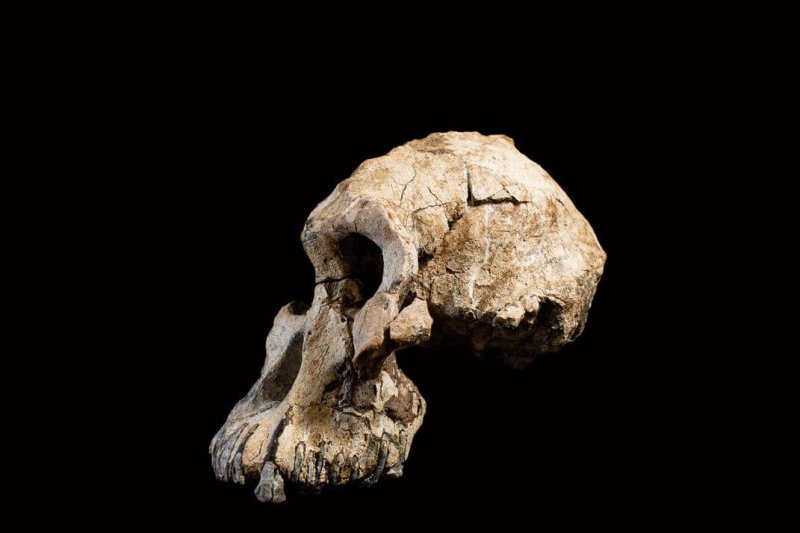Spotting the intact Australopithecus skull in the Ethiopian dirt caused paleoanthropologist Yohannes Haile-Selassie to literally jump for joy.
…
The chance discovery by Haile-Selassie and an Ethiopian shepherd has created a captivating portrait of 3.8-million-year-old face, providing an unprecedented look at a hominin species from a key stage of human evolution. Experts say the extraordinary fossil can help redefine the branches of humans’ evolutionary tree during a time when our ancestors had just evolved efficient ways to walk upright.
…
Haile-Selassie and colleagues compared the skull (dubbed MRD after part of its collection ID number) with a wide variety of hominin fossils from across Africa. They sized up different morphological features to see what species the cranium represents and where it fits in the interconnected lineages of our family tree. The results identify the skull as belonging to a male Australopithecus anamensis. The hominin species is theorized to have vanished a bit earlier than 3.8 million years ago after giving rise to a later lineage, Australopithecus afarensis, to which the famed fossil Lucy belongs. A. anamensis has traits of both apes (climbing arms and wrists) and humans (changes in the ankles and knee joints to facilitate walking on two feet).
Read full, original post: A 3.8-Million-Year-Old Skull Puts a New Face on a Little-Known Human Ancestor































